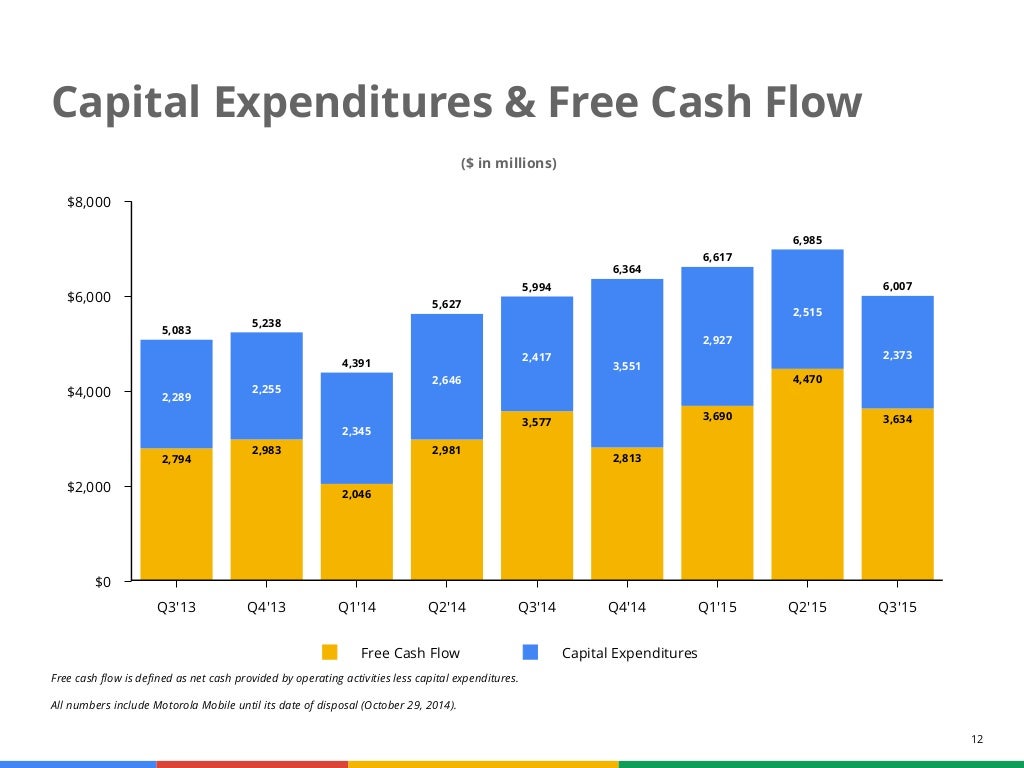
If your assets are less then the sum of liabilities, expenses and costs, that means you have working capital deficiency which is negative working capital and also means you have some problems in continuing your operation. Expenditure is capital in nature where it is made with a view to bringing into existence an asset or an advantage (whether tangible or intangible) for the enduring benefit of the business, but it was noted there may be special circumstances leading to different conclusions.

The process to arrive at net income or earnings is to subtract the operating expenses from the revenues next, the financing expenses subtract from the operating earnings to arrive at net income or equity earnings. To cover these, HM Revenue and Customs allow you to deduct what are called capital allowances. A taxi is considered a capital expense for a cab company. Capital expenses These expenses include buying buildings and land, and the expectation is they will last for years. It is not deductible under the general deduction provision 7. What is the difference between capital structure and cost analysis?įor your working capital, there is no limitation you can have what amount you want, but the working capital requirement is the amount that meets your costs and expenses. cannot be deducted from your income as an expense. An expense incurred in establishing, replacing or enlarging an income producing entity is capital in nature. How do you calculate working capital requirement? But working capital requirements are minimum resources that a company requires to effectively cover the costs and expenses necessary to operate a business. For example, the cost of putting vinyl siding on the exterior walls of a wooden property is a capital expense. January 23, Working capital is defined as the excess of current assets over current liabilities. A capital expense generally gives a lasting benefit or advantage. Capital expenses are usually quite large, so many real estate investors add cash for them to a capex reserve every month even if the expense is not likely to come up for years. WCR= (receivables + inventory + prepaids + other current assets) - (payables - accruals - other current liabilities). Working capital : current asset - current liabilities. (1) The following expenditures are a major capital expenditure for the purpose. Under current liabilities where it said, "This includes both short-term liabilities, such as the usual and general monthly operating expenses," what did they mean by operating expenses since working capital is what you would use to cover your day to day operating expenses, How can this be included in current liabilities? Did they mean what people owe for operating expenses?


 0 kommentar(er)
0 kommentar(er)
